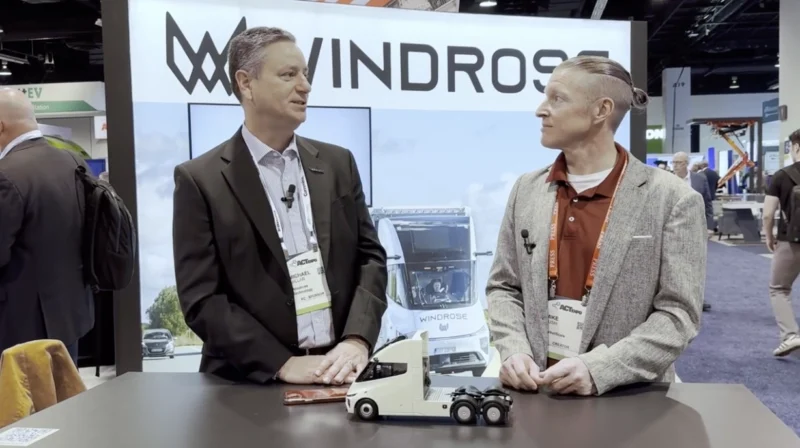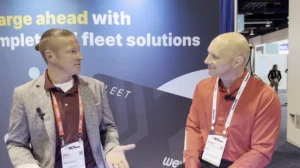How A Booming Economy Is Coming to Texas By Rail
Public transportation in the United States has been an essential part of millions of workers’ daily commutes. While criticism of big-city metros, like in New York City, has turned buses and trains into the ire of the area’s workers, many cities stateside are looking overseas for a solution to the problem. Bullet trains have been a staple of Japanese commuting for several years now. The Shinkansen, which translates to ‘trunk-car’ in Japanese, transports passengers between cities like Osaka and Tokyo in the fraction of the time and at an even lower cost.
The Texas High-Speed Train is a development by Texas Central to connect commuters and budget-seeking passengers between Dallas and Houston. Train service in Texas will likely cruise at 186 mph, with an expected travel time under 90 minutes between Houston and Dallas. In September, Texas Central Partners, the company behind the project, secured a $300 million-dollar loan to complete financing and essentially finalize the development—barring regulatory issues.
The train will be based on the original Japanese version, touted as the safest high-speed train in the world, according to a Texas Central spokesperson.
“In more than 53 years of operation, it has never had a crash and therefore no fatalities as a result. This international version will feature the core system – passenger train, overhead catenary, tracks, signaling – along with all of its corresponding maintenance and operations procedures to ensure that the system in the United States maintains a perfect safety record,” the spokesperson told MarketScale.
This project has incredible implications for the future of Texas workers and the economy as a whole. Nearly 50,000 Texans, sometimes called “super-commuters,” travel back and forth between Houston and Dallas/Fort Worth more than once a week. Many others make the trip very regularly.
According to the company spokesperson, the approximately 240-mile high-speed rail line will result in a total travel time of less than 90 minutes, with departures every 30 minutes during peak periods each day, and every hour during off-peak.
The Texas High Speed Train will create a brand-new industry in United States, starting in Texas. The project will inject an estimated $36 billion in economic benefits over the next 25 years, according to the spokesperson.
“This will be in the form of direct spending during construction, employee payroll and spending related to the maintenance and operation of the system. By creating new jobs and stimulating commerce in and between North Texas, the Brazos Valley and Houston, this project helps to ensure that Texas will continue to be an economic model for the country,” the Texas Central spokesperson claimed.
The Texas High Speed Train will create an estimated 10,000 direct jobs per year during construction and more than 1,000 direct permanent jobs when the train is fully operational. Current estimates from Texas Central show 25 percent of the permanent jobs created will be in rural counties between North Texas and Houston and will be sourced locally. These jobs include highly-skilled labor positions such as electricians, metal workers, and other specialized professionals to maintain and operate the system.
In essence, the impact this bullet train will have will be insurmountable. As the quality of infrastructure in the US continues to decline, with little help in sight, this project most certainly has the potential to revolutionize public transportation in the United States forever. The project is currently slated to be finished by 2024.
For the latest news, videos, and podcasts in the Transportation Industry, be sure to subscribe to our industry publication.
Follow us on social media for the latest updates in B2B!
Twitter – @TransportMKSL
Facebook – facebook.com/marketscale
LinkedIn – linkedin.com/company/marketscale








